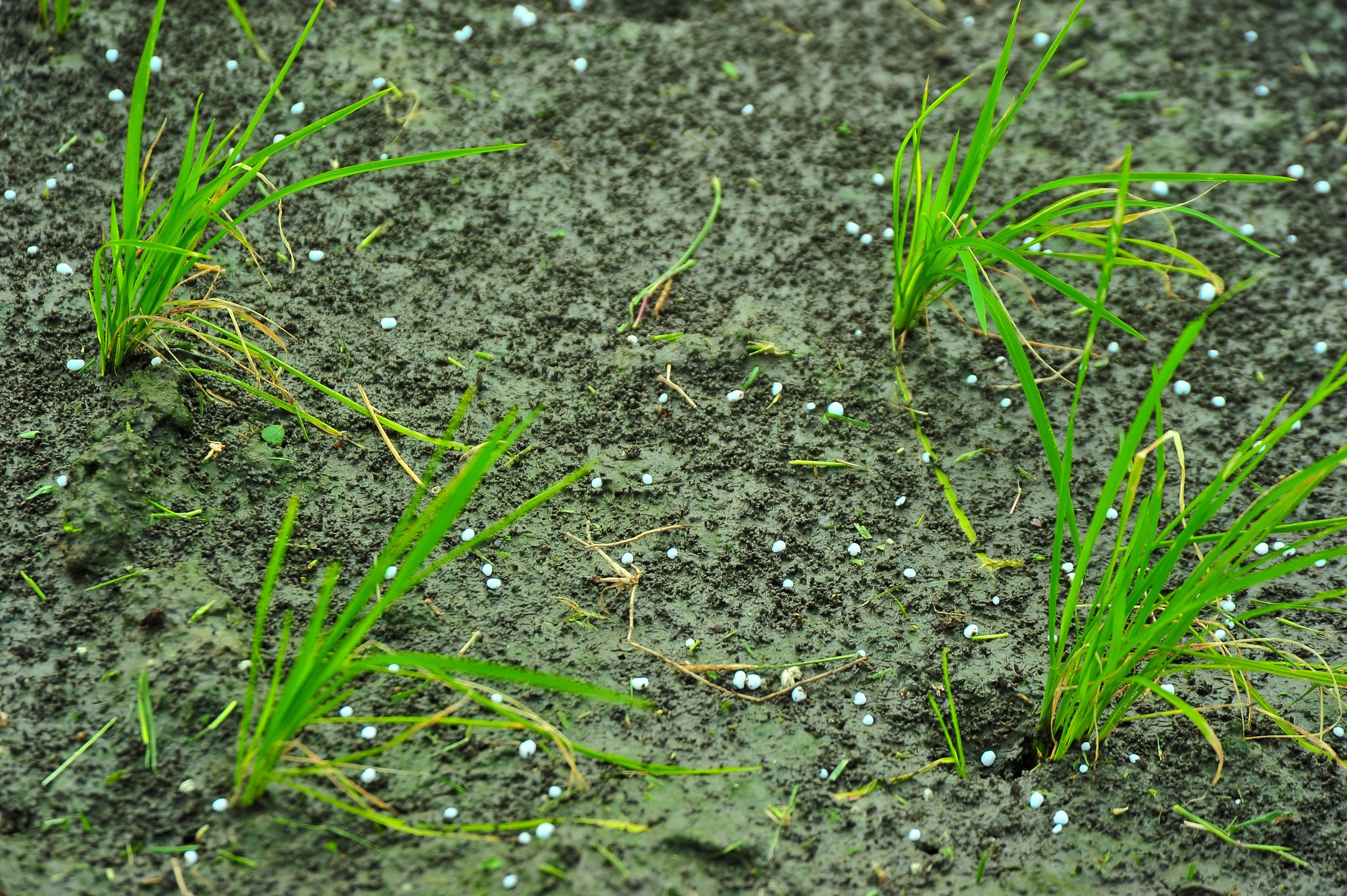Not all plants are created equal, but traditional farming practices treat them as such. And it’s this one-size-fits-all approach to commercial farming and fertilizer application that is contributing to a spike in greenhouse gas emissions.
According to a new study conducted by Michigan State University, precision agriculture (PA)—the state-of-the-art ag technology that focuses on application of nitrogen-based fertilizer, water, and other inputs directly to individual plants—is vital in the global fight against climate change.
The study, which mined data from around the world, found that nitrous oxide—the third most prevalent greenhouse gas behind carbon dioxide and methane—rises faster than was previously expected when agricultural fields are over-fertilized.
Phil Robertson, director of MSU’s Kellogg Biological Station Long-term Ecological Research Program, says agriculture accounts for between 8 to 14 percent of all greenhouse gases produced globally. This percentage has increased in recent years due to excessive nitrogen fertilizer use.
“We’re showing how farmers can help reduce this number by applying fertilizer more precisely,” Robertson said. “Our specific motivation is to learn where to best target agricultural efforts to slow global warming.”
The problem crops up when there’s simply too much fertilizer applied to plants that don’t require it. When this happens, excess nitrogen builds up in the soil, causing microbes to produce and release large amounts of nitrous oxide into the atmosphere.
Iurii Shcherbak, a lead researcher at MSU, says this isn’t an issue in under-fertilized regions, where fertilizer is more conservatively used. Through PA, farmers can then apply extra fertilizer to nutrient-deficient crops with minimal environmental risks involved.
“Because nitrous oxide emissions won’t be accelerated by fertilizers until crop nitrogen needs are met, more nitrogen fertilizer can be added to under-fertilized crops with little impact on emissions,” Shcherbak said.
If farmers can better manage nitrogen levels in the soil and treat crop areas individually, then it’s predicted that greenhouse gas emissions will significantly decrease in the future.
If you have any news or insights to share, drop us a line at [email protected]
FEATURED PHOTO: IRRI Photos/Flickr




